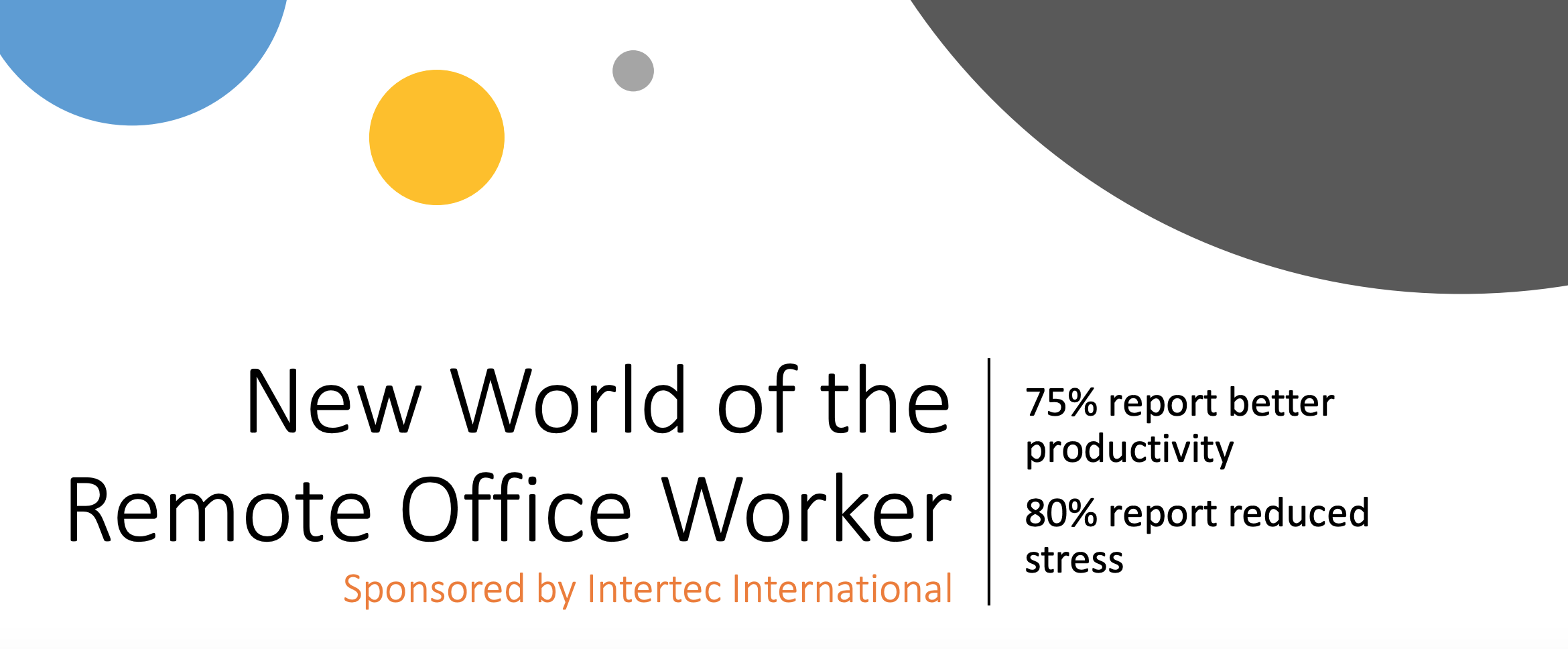Cost optimization is top of mind right now for cloud decision makers—and rightfully so. According to a Flexera report from earlier this year, 73% of survey respondents listed cloud optimization for the purpose of cost reduction as a top cloud initiative for the year. And this isn’t the first time it’s been at the top of the list. On the contrary, cost optimization has been the top priority four years in a row.
 Considering how important this is across the board, it stands to reason that you’d want to put cost optimization front and center as early and as often as possible throughout the cloud lifecycle. After all, why set yourself up for more difficult cost reduction measures down the road by failing to consider cost levers and budget considerations up front?
Considering how important this is across the board, it stands to reason that you’d want to put cost optimization front and center as early and as often as possible throughout the cloud lifecycle. After all, why set yourself up for more difficult cost reduction measures down the road by failing to consider cost levers and budget considerations up front?
With that in mind, we’ve put together a cloud migration checklist with a special emphasis on cost optimization. Cloud migrations are, of course, often a huge amount of work even under the best conditions—and there are plenty of steps that will be largely unchanged whether you have your monthly bill under the magnifying glass or not—but by making use of tools like this in the early stages, you better position yourself to avoid eye-popping numbers when it comes to make your first AWS or Azure payment.
1. Establish a Cloud Architect
Okay, the first item here is the same item you’ll see on any number of similar checklists, and with good reason. Modernizing your technology stack requires a lot of stakeholders to contribute and ultimately get on the same page, and the different priorities and ideas that those stakeholders might have will eventually have to be filtered through an actual cloud strategy that can be translated into a full-blown cloud migration pipeline (i.e. something that can help you visualize the thousands of discrete tasks involved in a migration as a cohesive set of linked processes).
This person will be the linchpin of the process in many ways. So, if you already have an eye towards costs, experience with cloud cost management and optimization should be one of your top criteria. Your choice should know the best practices for which workloads are best suited to which pricing models, how to actively manage instances based on usage, and much more. Of course, not everyone has a wealth of in-house options when it comes to choosing such a specialized position—many businesses don't have anyone who has the specialized knowledge and experience that leading a full-fledged cloud effort requires—which is why it’s never a bad idea to think about outside help, even at this stage.
2. Create a Cloud Strategy Document
We’ve written about the importance of cloud migration strategy documents on this blog in the past, but it’s an important topic that’s worth bringing up more than once. If you approach the document from a cost optimization standpoint, a few particular steps should stand out:
- When thinking about data governance, consider what the cost implications of your decisions will be. If you’re in an industry that has strict regulations regarding how you handle and how long you hold onto particular pieces of data, for instance, that will impact which billing options make the most sense for you.
- In figuring out roles and responsibilities, you might pay particular attention to who gets the reins when it comes to cost control measures, e.g. who is in charge of setting up reserve instances? Who’s in charge of shutting down unused instances as needed? Who will audit the different workloads to ensure that they’re behaving the way you expect them to? It’s easy enough for some of these post cutover maintenance and monitoring tasks to fall through the cracks, which is why it’s so critical that they be noted and prioritized early.
- Regarding your longer term vision and goals (as well as your technology roadmap for the future), you’ll again need to put cost front and center. This will largely be a question of balancing cost reduction vs. cost optimizations—in other words, you’ll want to sketch out the areas where you’ll invest in particular cloud migration tools, technology, or configurations in order to create cost efficiencies elsewhere vs. areas where reducing IT costs is the immediate goal.
Once your cloud strategy document is established, the rest of your checklist will more or less follow logically from it. That said, there are still a few things that it’s useful to highlight.
3. Inventory Your Workloads
Your cloud strategy document can and should include an inventory of workloads to be migrated to the cloud, with a sketch of which ones can be rehosted (i.e. lifted and shifted) vs. which ones need to be replatformed, refactored, or repurchased. On top of that, it’s also worth categorizing the different workloads based on cost considerations. Workloads that are seasonal or comparatively volatile—meaning that they’re already better suited to a cloud environment than to an environment where they’re running on on-premise servers—will need to be configured differently than more predictable workloads (those that might have been perfectly workable on-premise, for instance). By dividing up these different instance types early on the process, you set yourself up for more clarity when it’s time to right-size your deployment. You also set yourself up for an easier time when you’re working through the next item on the checklist:
4. Project Your Costs
To figure out how much you should expect to spend—and how much you can expect to save—you first need to a have firm handle on all of the different workloads that are being migrated. Without that information, you can really only perform back of the envelope calculations that run the risk of missing the mark because of unconsidered factors. With that inventory up and running—and with your cloud strategy document sketched out fairly thoroughly—you can then easily fill information into Microsoft’s TCO Calculator, Amazon’s Simply Monthly Calculator, or another similar tool.
This will give you a firm number in terms of monthly billing expectations that you can latch onto. Sure, you’ll still need to right-size your instances, set up reserve instances, etc. as you go, but this can give you something concrete to coalesce around, as well as a jumping-off point to think through the larger financial implications of your migration. If, for instance, you’re moving away from on-prem infrastructure to IaaS, you can begin to think about whether you can shift away from a capex model and towards an opex model, as well as the potential implications of the resultant freed-up cash flow. Here, again, you have the opportunity to use these calculations as a way of getting all of your stakeholders on the same page and giving more credibility to your larger vision of cloud transformation. More than that, it can help you shape that vision and identify potential pitfalls in advance of carrying out your larger cloud strategy.
5. Generate a Capacity Plan
So far, we’ve talked about the monetary concerns that come with cloud technology and IT infrastructure themselves—but, depending on your industry, there’s a good chance that labor costs are going to be your biggest line item coming into a big modernization project. Any given cloud migration process is going to require thousands of individual tasks, which will comprise dozens or hundreds of different processes, all of which ultimately have to be orchestrated into a single project pipeline that coheres into a finished project. By and large, these tasks will be specific to cloud technology—i.e. your average developer without a baseline level of cloud expertise won’t automatically be able to slot in and contribute right off the bat.
Unless you’re a technology company, odds are that you’ll have a small handful of developers on hand, with no guarantee that any of them have particular knowledge, expertise, or experience in the cloud. That means that, in all likelihood, something as large and imposing as a full-blown cloud migration is going to require you to extend your capacity in some way. Even if your team would theoretically be able to cover all of the associated labor themselves, that might not be the most efficient use of your resources.
To wit, if you have a team of capable developers who aren’t cloud experts, by loading up all of their capacity with cloud migration tasks you’re both slowing down other development tasks that they might otherwise be able to focus on and potentially setting yourself up for a slow migration with a lot of rework. Like we saw at the top of this article, the top cloud priority year in and year out is optimizing existing deployments—so think of how much effort (which is to say, money) you could save by getting it nearly right the first time. And how do you get it right the first time? By relying on the experts.
Here, it’s worth thinking about ways that you can leverage outsourced or nearshore services—since capacity is likely to be an issue anyway, it’s best to go into the project with a strong understanding of how you can best utilize and, if needed, extend your capacity. Better to establish a capacity-extension plan from the outset—ideally one that enables to you leverage cost savings by using seasoned cloud-expert teams who can power through modernization-related stories much more efficiently than comparative cloud novices—than to scramble to find resources halfway through a multi-year refactoring project. In this way, you can transform your cloud strategy document into a completed migration with a minimum of costly rework.
Learn More About Intertec's Cloud Solutions:
Intertec’s teams have hands-on experience in developing and migrating applications on leading cloud platforms. In addition to design and development, we provide a complete range of application testing, deployment and ongoing support services, including managing physical infrastructure and offering outsourced DevOps teams. Click here to learn more. Prefer a personal consultation? Go ahead and schedule a meeting with us here!









